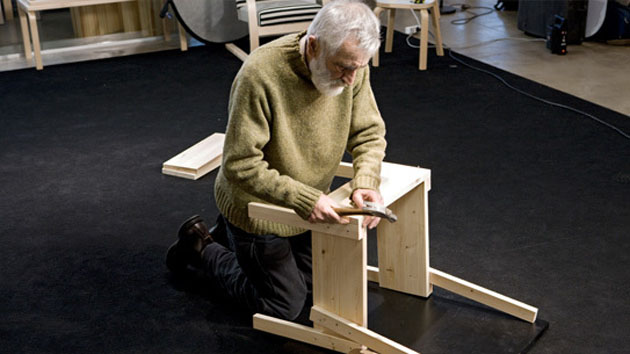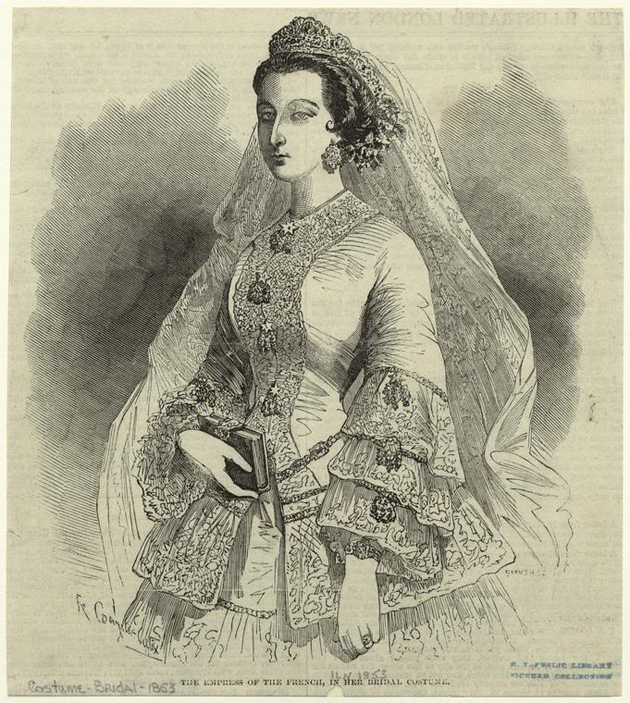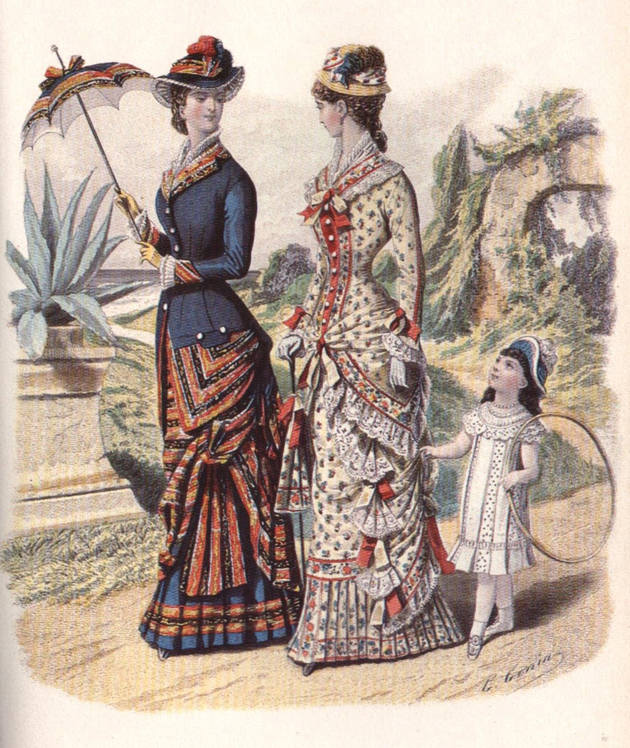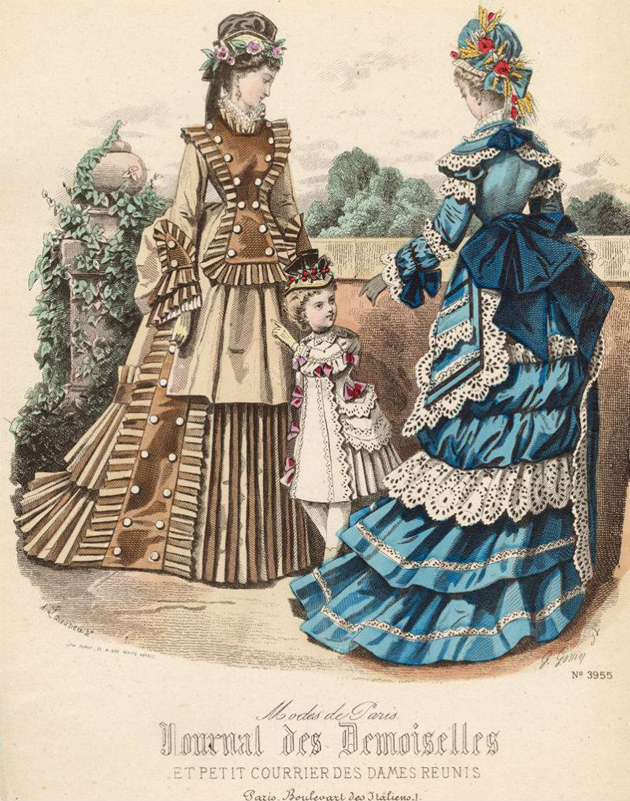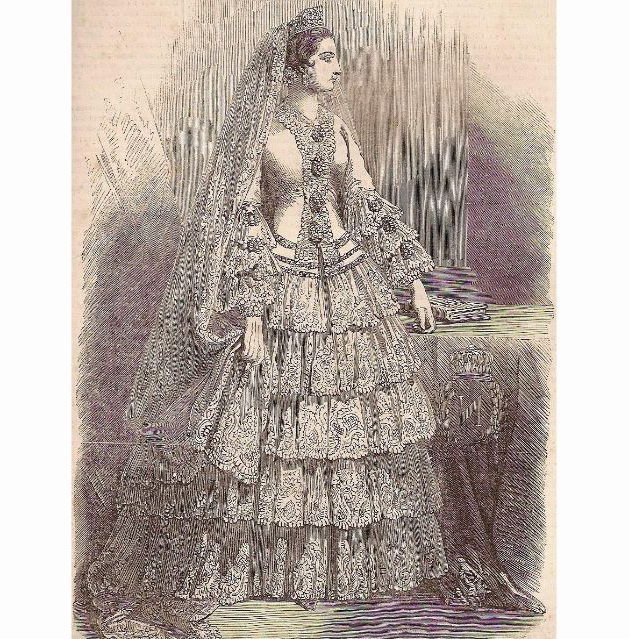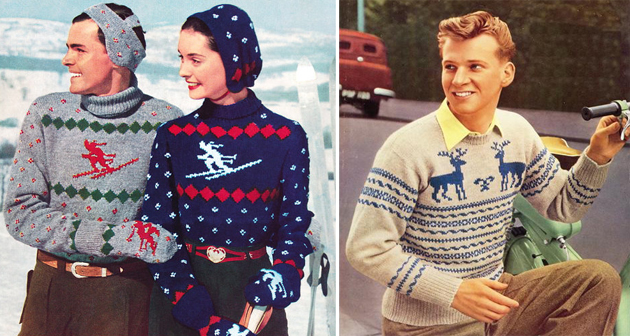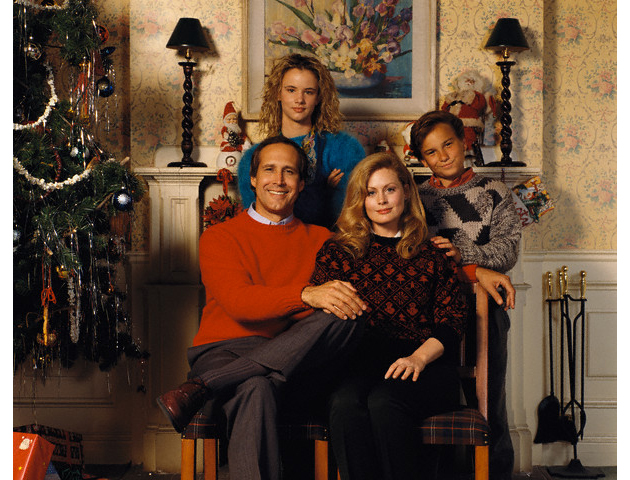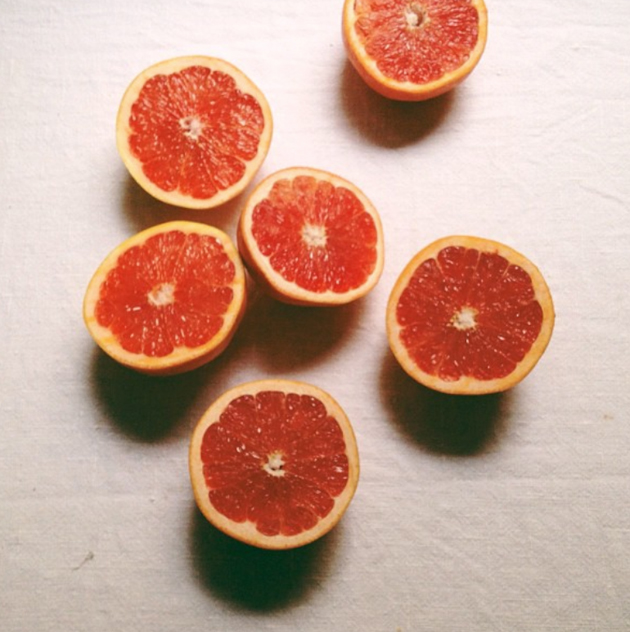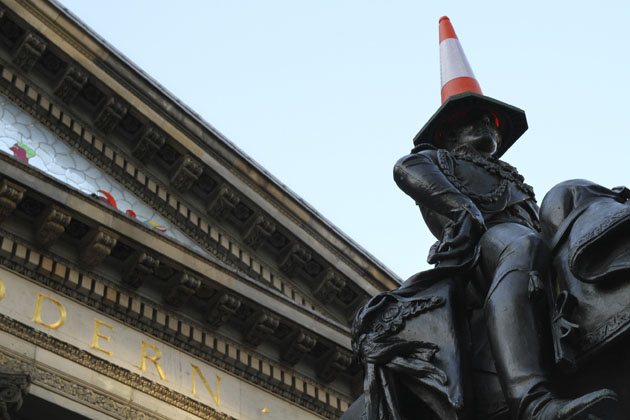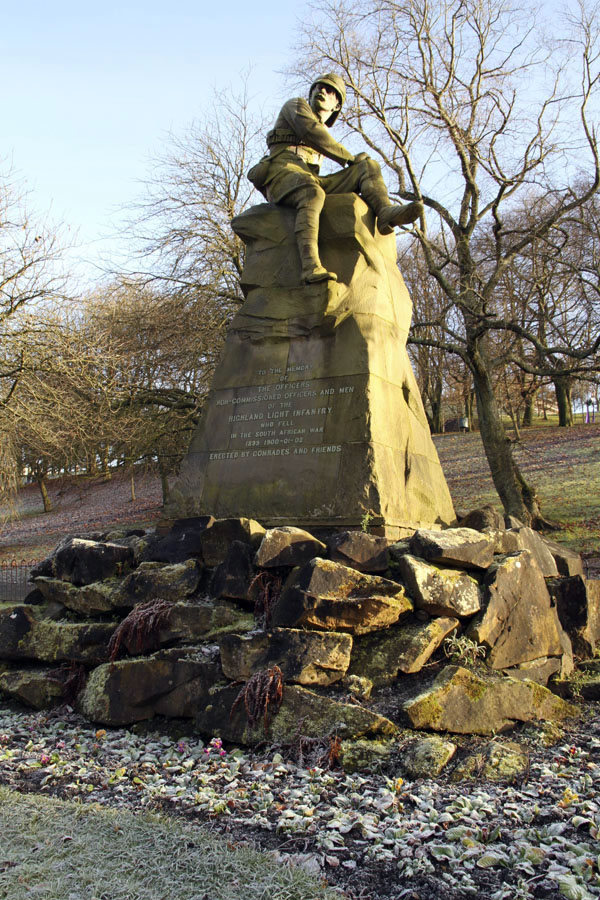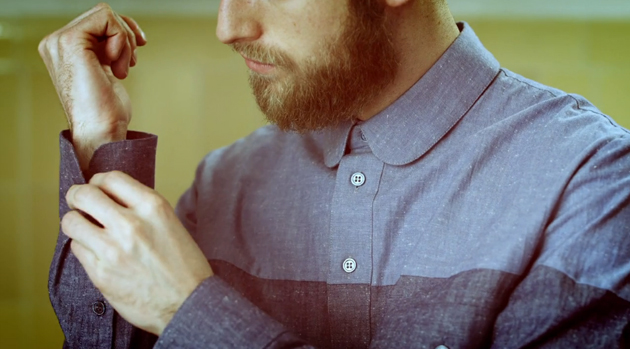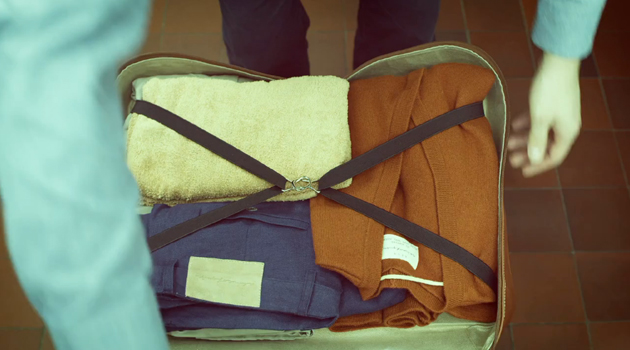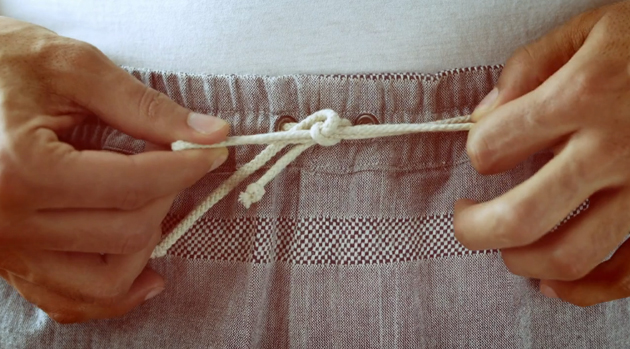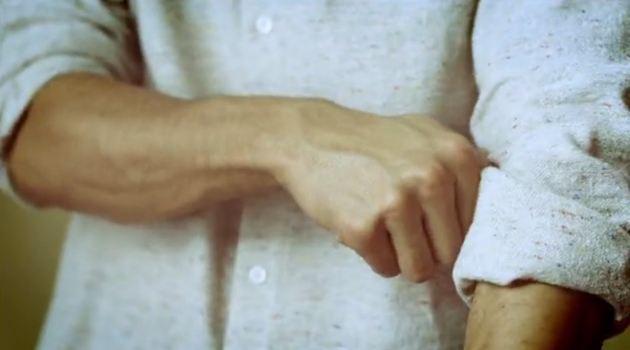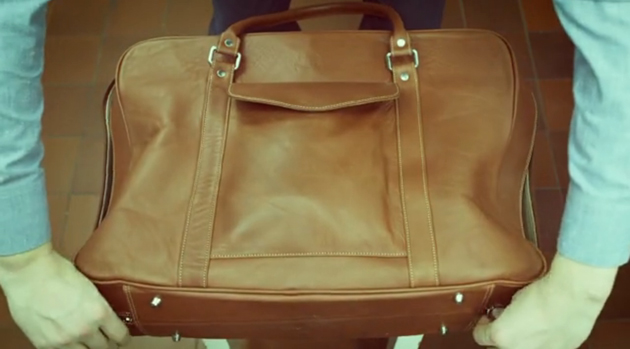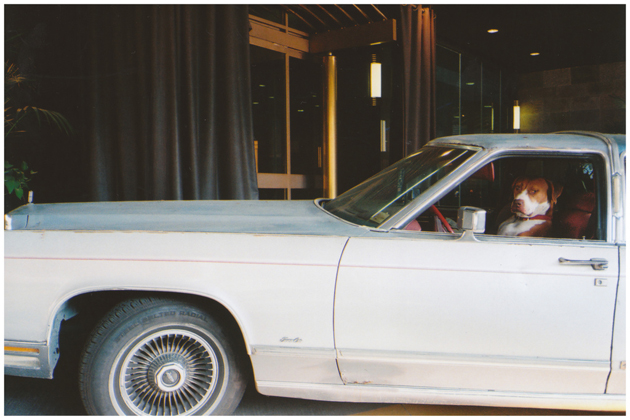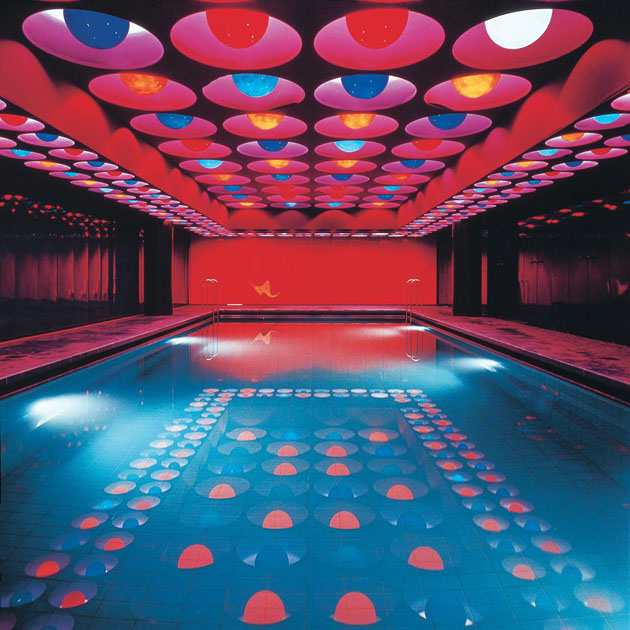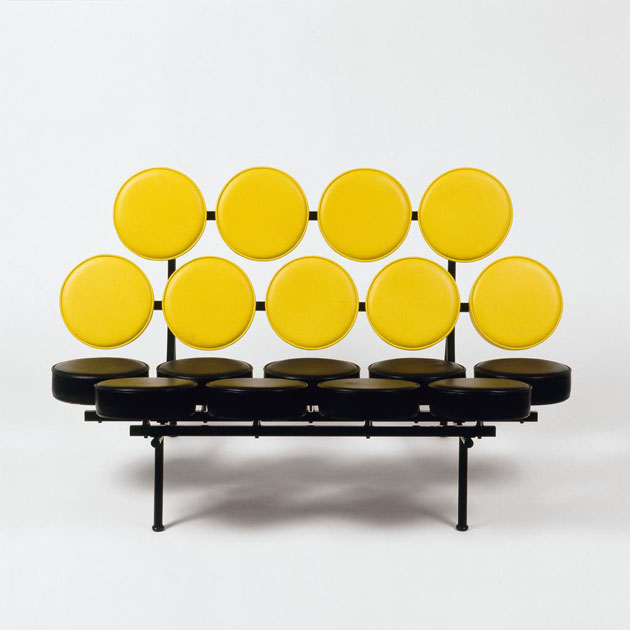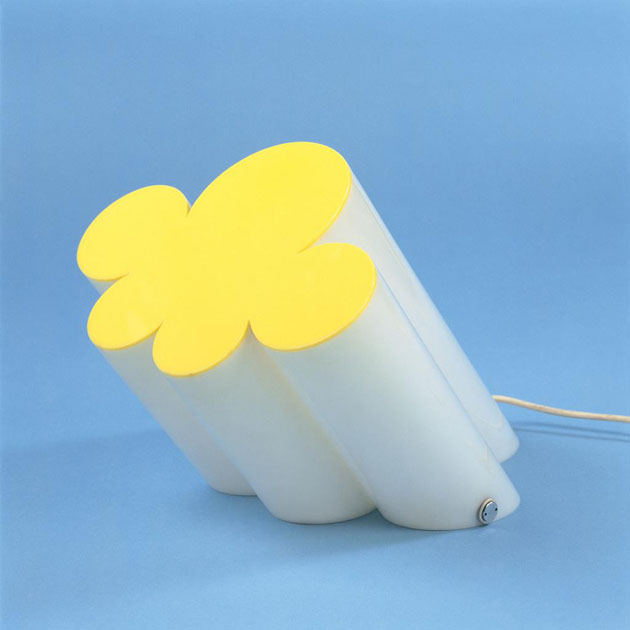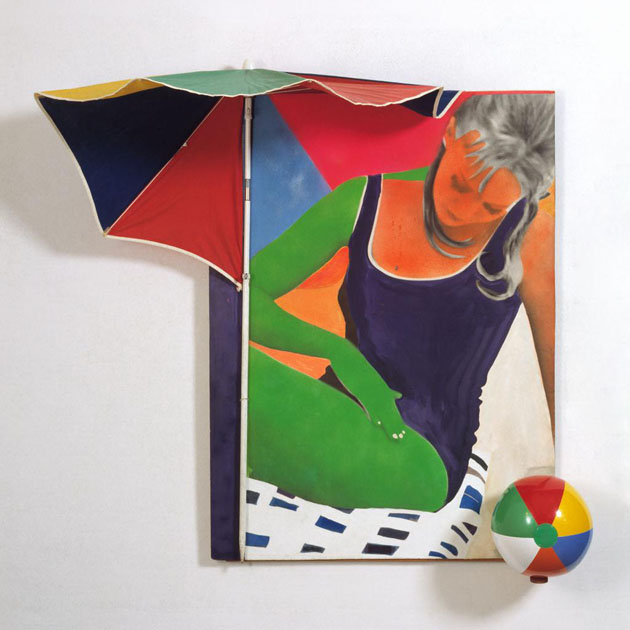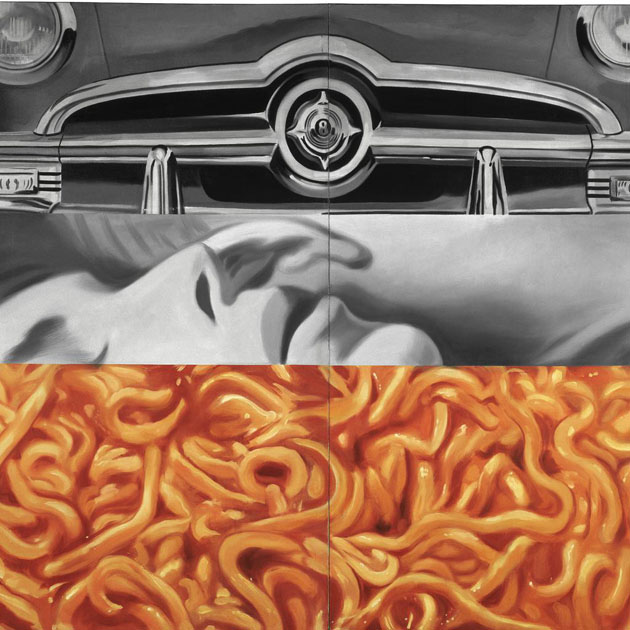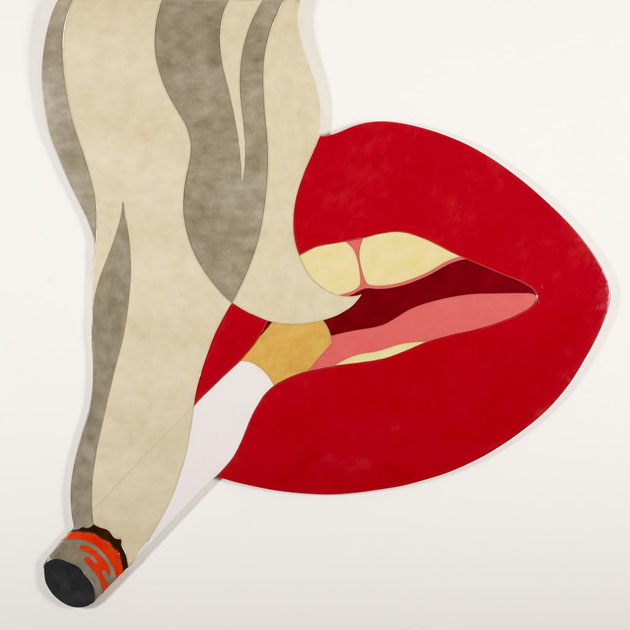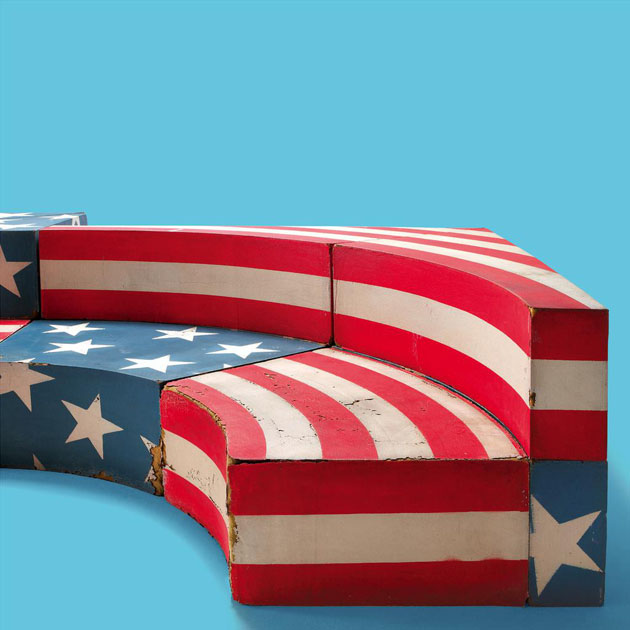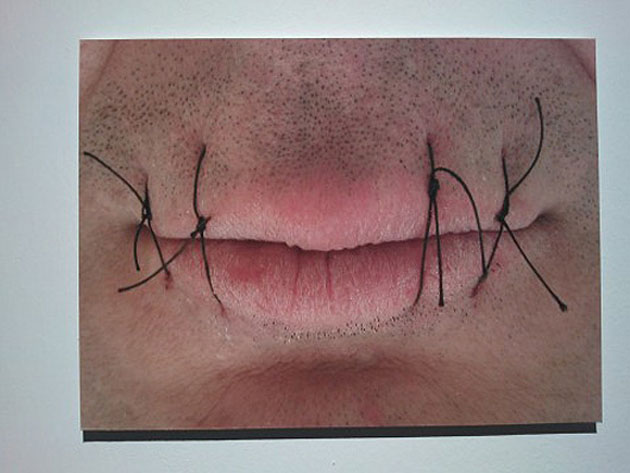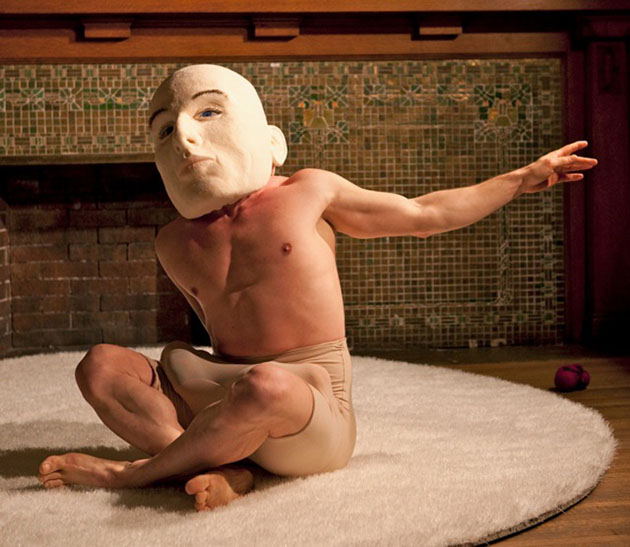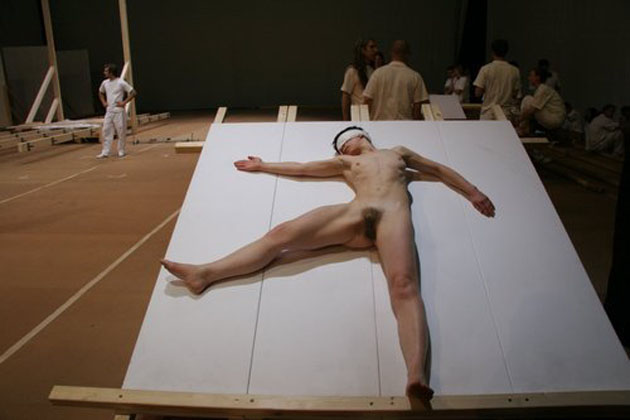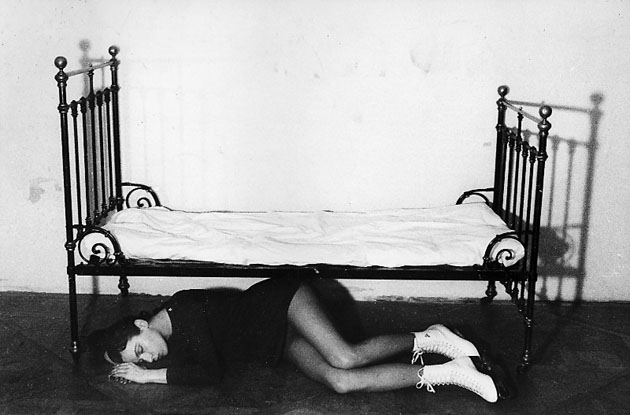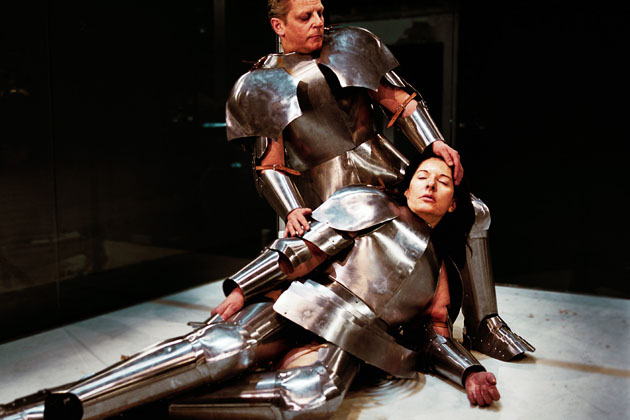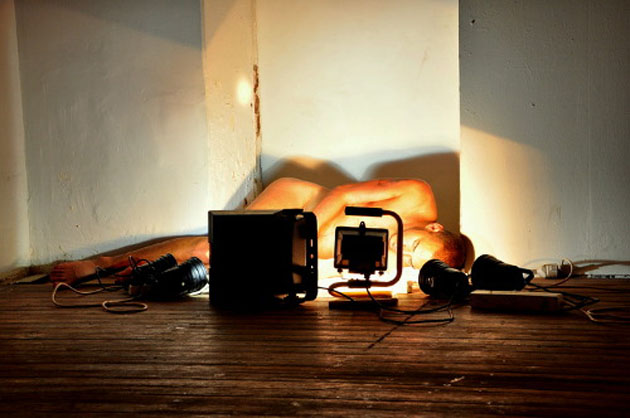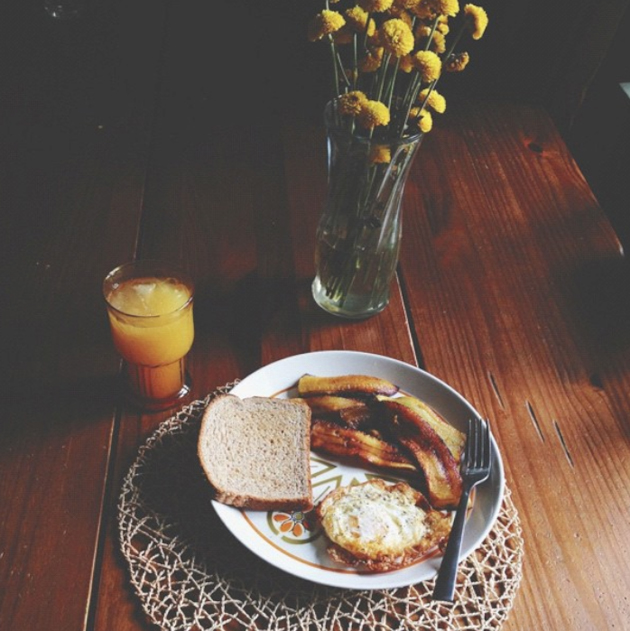Christmas Design Wishlist
Even though every single one of us promises oneself to get all Christmas gifts in time each year, we are fairly sure that many will do their shopping this last weekend before our favourite holiday arrives. That is why we felt the urge to compile a short shopping list for those who haven’t been so diligent to get all the stuff on their friends’ and family’s wishlists by now. Here are a few advice for conscious design shopping and also a sort of a ‘best of’ selection of design goodies that can be found in only the most wonderful design stores.
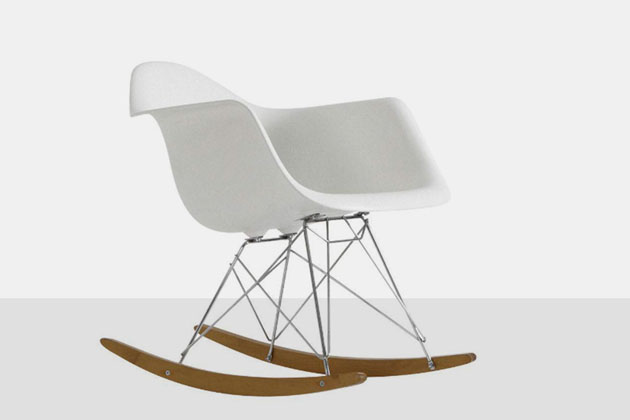
The first item we dared to choose is an all-time classic: the Eames plastic rocking chair. Designed exactly 62 years ago and currently produced by Vitra, this timeless piece of furniture will be the perfect object for lazy Christmas reading and will surely be the perfect match for at least another 50 years of holiday (and non) relaxing.
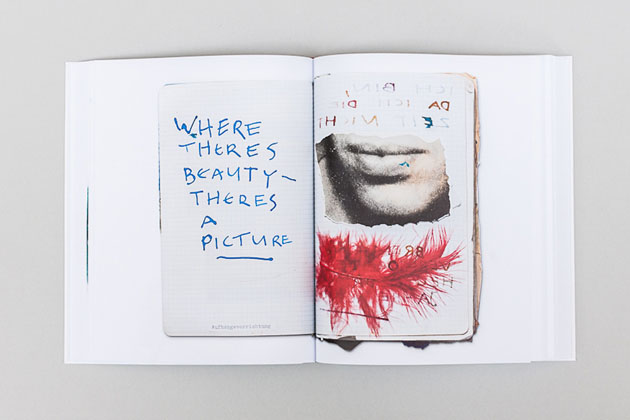
The second choice fell on a recent publication that should already be on everyone’s bookshelves. If not, then this is the perfect occasion for this acquisition: Walter Pfeiffer’s book ‘Scrapbooks 1969-1985’. Published by Edition Patrick Frey, an art books publisher we have already largely praised in the past, this book is a dense insight in the creative process and aesthetics of one of the most interesting photographers of our time.
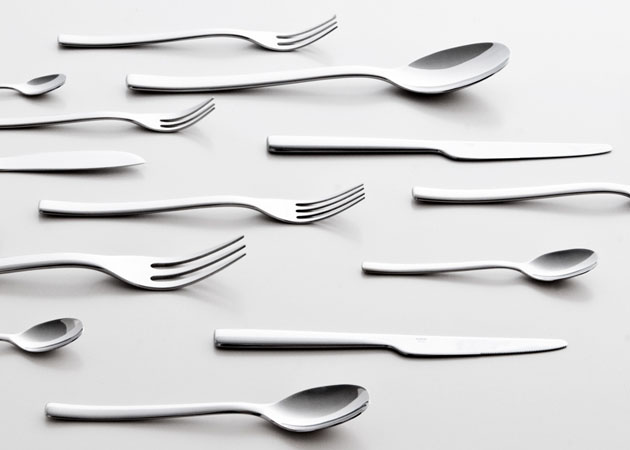
The third object was recently produced as a result of an already prolific collaboration between the Italian tableware producer Alessi and the French designer duo Bouroullec brothers. The Ovale cutlery will surely become handy during the festive over-eating!
And last but not least, we have a perfect example of conscious and timeless design: Enzo Mari’s Sedia 1 chair, one of the most successful pieces of his ‘Autoprogettazione’ project. If you’re not playing around making Christmas treats, then maybe assembling this chair wonderfully produced by Artek might be a perfect time killer while you also might take an insight into the design process of one of the most critical but yet honest Italian designers.
Whether or not these pieces actually end up under your tree, we still hope you have a jolly jolly Christmas!
